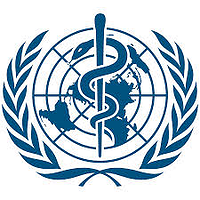Cost-effectiveness analysis is used to compare the costs and outcomes of alternative policy options. Each resulting cost-effectiveness ratio represents the magnitude of additional health gained per additional unit of resources spent. Cost-effectiveness thresholds allow cost-effectiveness ratios that represent good or very good value for money to be identified. In 2001, the World Health Organization's Commission on Macroeconomics in Health suggested cost-effectiveness thresholds based on multiples of a country's per-capita gross domestic product (GDP). In some contexts, in choosing which health interventions to fund and which not to fund, these thresholds have been used as decision rules. However, experience with the use of such GDP-based thresholds in decision-making processes at country level shows them to lack country specificity and this - in addition to uncertainty in the modelled cost-effectiveness ratios - can lead to the wrong decision on how to spend health-care resources. Cost-effectiveness information should be used alongside other considerations - e.g. budget impact and feasibility considerations - in a transparent decision-making process, rather than in isolation based on a single threshold value. Although cost-effectiveness ratios are undoubtedly informative in assessing value for money, countries should be encouraged to develop a context-specific process for decision-making that is supported by legislation, has stakeholder buy-in, for example the involvement of civil society organizations and patient groups, and is transparent, consistent and fair.

Cost-effectiveness thresholds: pros and cons
Review badges
0 pre-pub reviews
0 post-pub reviews